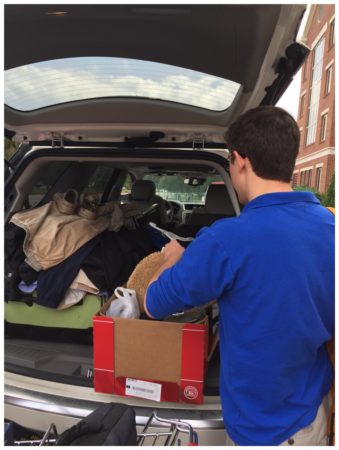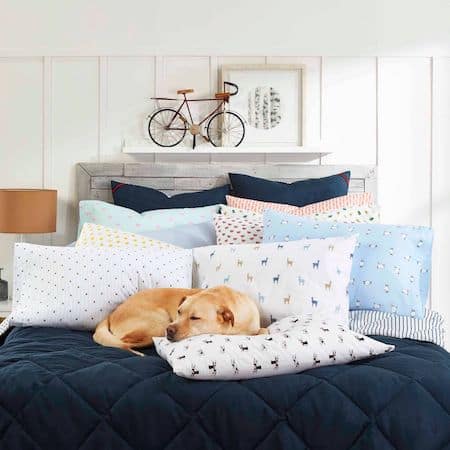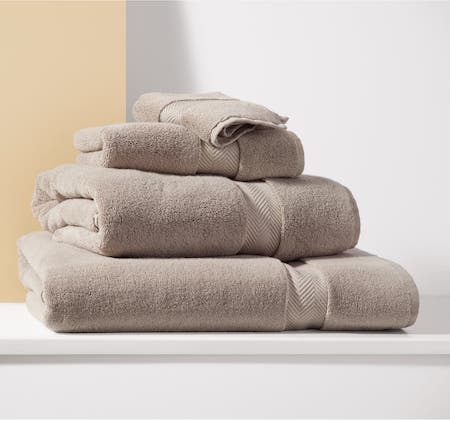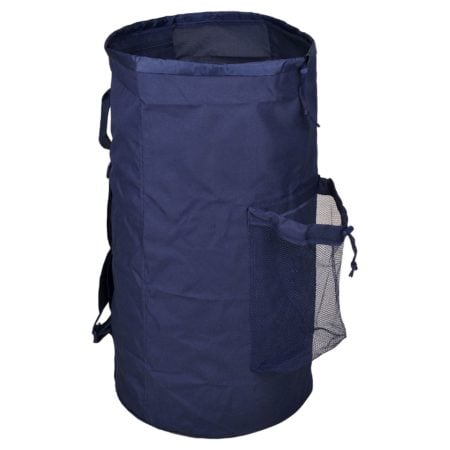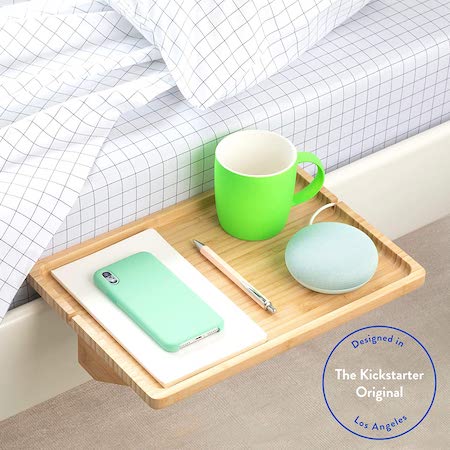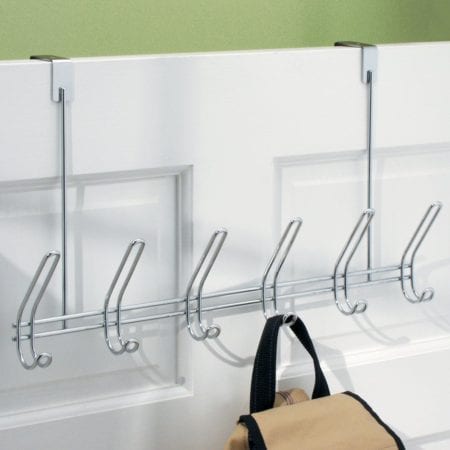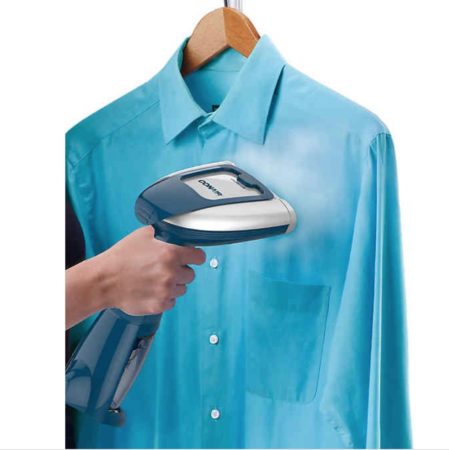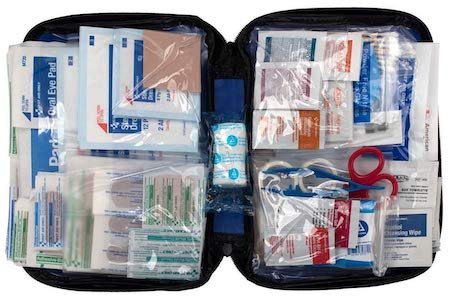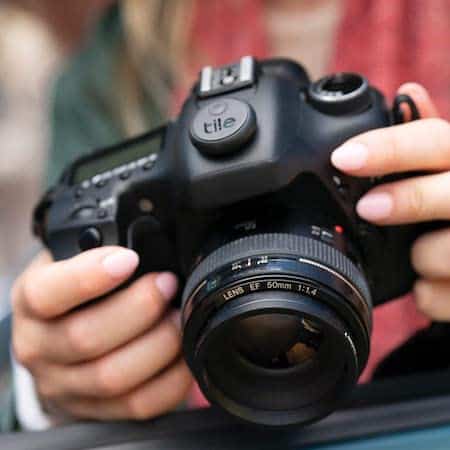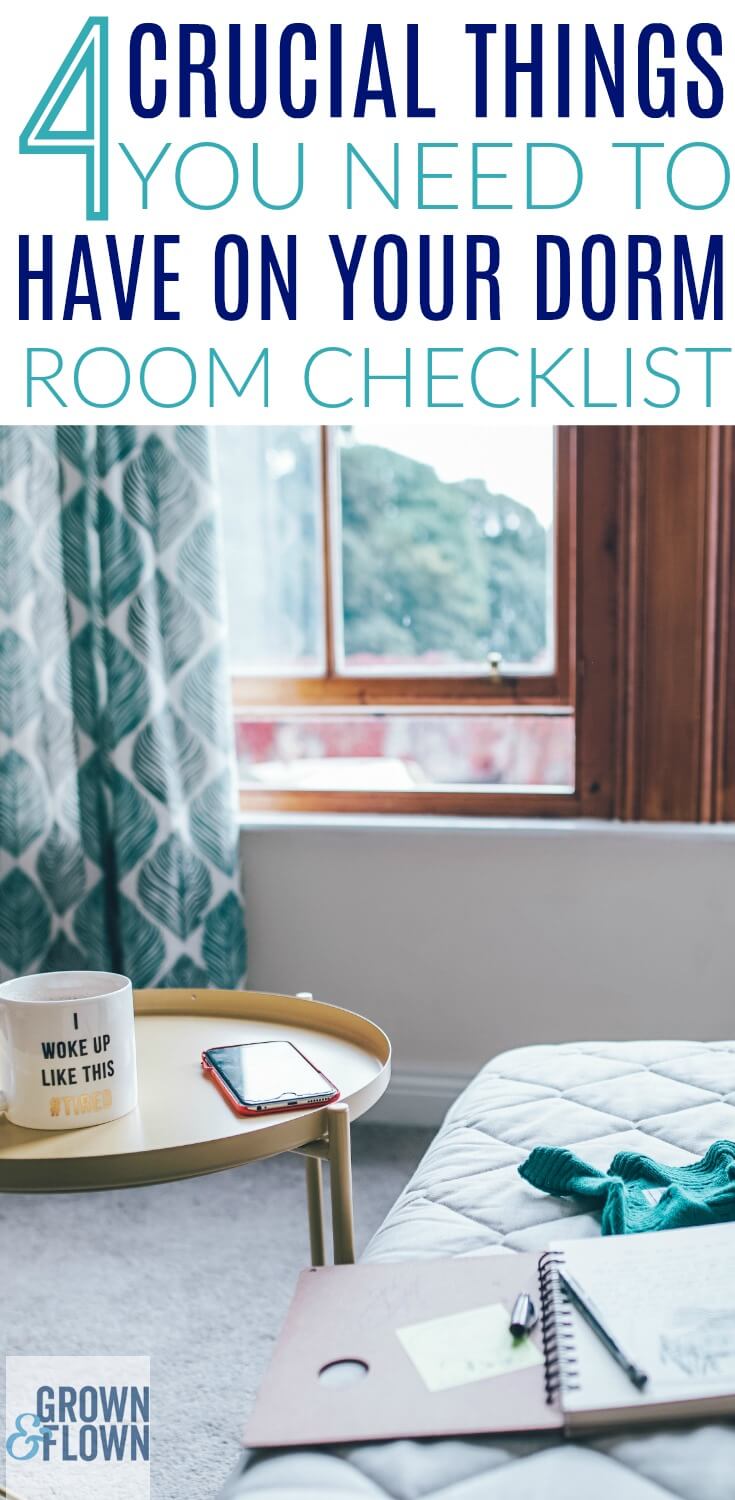After the delivery, your body changes drastically. The changes include both physical and emotional. During this phase, it is essential to maintain a healthy food habit enabling a smooth postpartum for both the mother and the baby. Though you don’t eat for two people anymore, every meal you eat impacts your health and affects breastfeeding. So, until your infant grows up a bit, you will still have to eat for two, but more healthily. That’s what we call a postpartum diet. So, let’s have a look at what is the best diet for postpartum? Why is it so important? What is the food that you can eat and avoid after delivery?

Importance of Healthy and Nutritious Food Post Delivery:
Your body requires a lot of energy to get back to your routine. With the little one by the side, your breastfeeding sessions will be longer during the initial months. So, you must choose healthy and nutritious food to support you throughout the postpartum journey. Further, your body needs to start healing. Selecting the best diet after giving birth enables you to be stronger and healthier.
What are the Foods that are Good for Health Post Delivery?
During your postpartum, you cannot get back to your regular eating style. The food that you used to love and regularly consume earlier might not be on the list. At the same time, the food that you never like may top the list. However, you need to maintain the best postpartum diet. Let’s look at what are the foods that you can eat after delivery, according to their importance in providing benefits to your body:
Protein helps your body to recover quickly after childbirth. You can eat beans, eggs, soy products, seafood (except those specifically mentioned not to eat), and lean meat. You can schedule 5 to 7 servings of protein per day, especially if you are breastfeeding. Legumes, including kidney beans and black beans, are a readily available source of proteins available for vegetarians.
Fruits are a good choice for snacking instead of chips or cookies. Try to keep half of your meal platter covered with fruits. Blueberries and apples are the best choices. Oranges and other citrus fruits can boost up your energy. In addition, they are enriched with Vitamin C, which is very important for breastfeeding mothers.

-
Vegetables:
Vegetables are the most significant source of vitamins and minerals. Green vegetables contain natural antioxidants and help our body is regaining its old form. The green leafy vegetables are a must on your meal plate. Spinach and broccoli are flooded with Vitamin A and are essential for your baby’s development. They also contain calcium, vitamin C and Iron. Adding a few fenugreek seeds and garlic to your vegetables helps increase the milk supply for breastfeeding mothers.
-
Fiber-Rich Carbs:
Often many new mothers try to avoid carbs and begin their fitness regime. But, in reality, carbs are essential for you during the postpartum period. Including fiber-rich carbs like brown rice, which provides the required calories and energy. In addition, carbs play a vital role in the secretion of milk for breastfeeding as well.
-
Low-Fat Dairy Products:
Dairy products are the highest source of calcium alongside Vitamin D. If you are a breastfeeding mother, your milk must contain enough calcium, which helps the baby develop strong bones. You can eat curd, milk, or cheese after your delivery to enhance the calcium supply for yourself and the little one.
-
Whole Grain Cereals:
You get to spend many sleepless nights during the initial months of postpartum and still feel energized in the morning. A cup of whole-grain cereals like oats, along with a bunch of blueberries and hot milk, brings you fresh energy after a sleepless night.

Also do remember that being hydrated all through the day is very important during postpartum. Breastfeeding mothers are highly prone to dehydration so drink lots of water. You can also substitute water with any fruit juice or milk if required.
Food to Avoid After Delivery:
As said earlier, whatever food that you eat after delivery is directly going to your baby through the breastmilk. So, you have to avoid some foods that may be harmful and need to maintain strict postpartum diet restrictions. So now, let’s look at what not to eat after giving birth.
Consumption of alcohol after delivery is always a controversial topic, where there are many differences of opinions. However, experts have proved that excessive alcohol consumption can weaken your body, slow down the healing phase, and affect breast milk supply. It can also lead to unusual weight gain in babies.
You can drink coffee during the day, but not more than 3 cups. Consuming more than 3 cups or 24 ounces of caffeine may affect the sleep pattern of your baby.
-
Specific Sea Food:
Some seafood, especially fishes are high in mercury content. Mercury is a toxin and, when consumed, is very harmful to the baby. Food including swordfish, king mackerel, tilefish, shark, and tuna are said to contain mercury, and it is better to avoid them.

-
Spicy Food:
Your postpartum body is very delicate. So, keep yourself away from spicy and oily food. It is also better to avoid gassy food, which is difficult to digest.
Important Tips for a Postnatal Diet:
Postnatal health is essential for a new mother. So let’s look at a quick snippet for postnatal diet tips:
- Stay hydrated throughout the day
- Prefer healthy snacking and keep a check on your calorie intake
- Increase the protein content in your food
- Don’t do crash dieting and opt for a slow and gradual weight loss
- Take your postnatal vitamin medicines without fail
- Limit your caffeine and soda intake
Postpartum is an essential phase of a mother’s life. They have to do multitasking while their body is still healing. So it is advantageous to follow a doctor’s advice and have the foods that are suggested. happy postpartum. Stay hydrated, stay healthy, stay safe.
Source: https://www.beingtheparent.com/postnatal-diet-foods-you-should-eat-and-avoid-after-delivery/
The content is owned by Bindu Raichura. Visit site here for other valuable articles.
